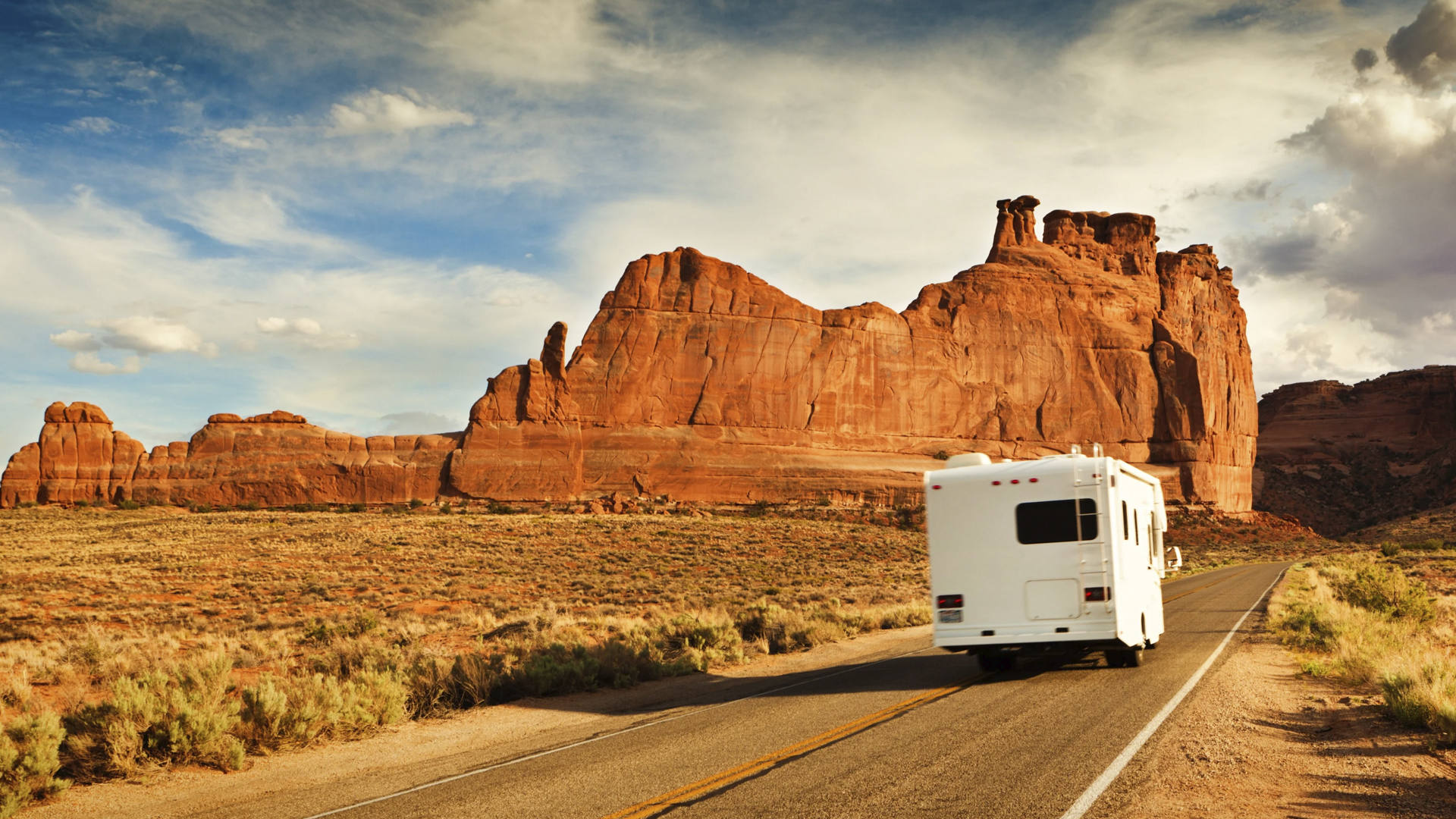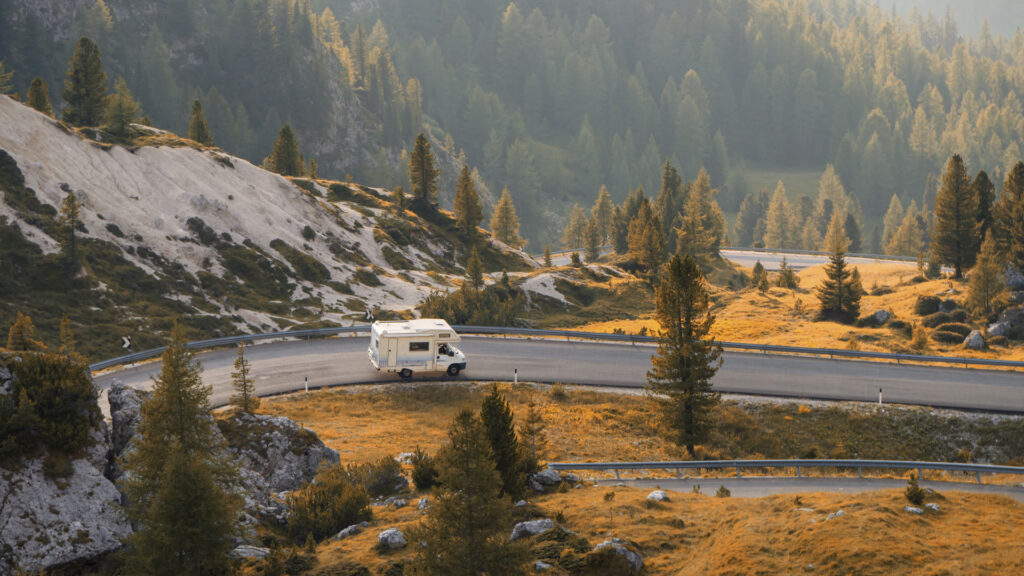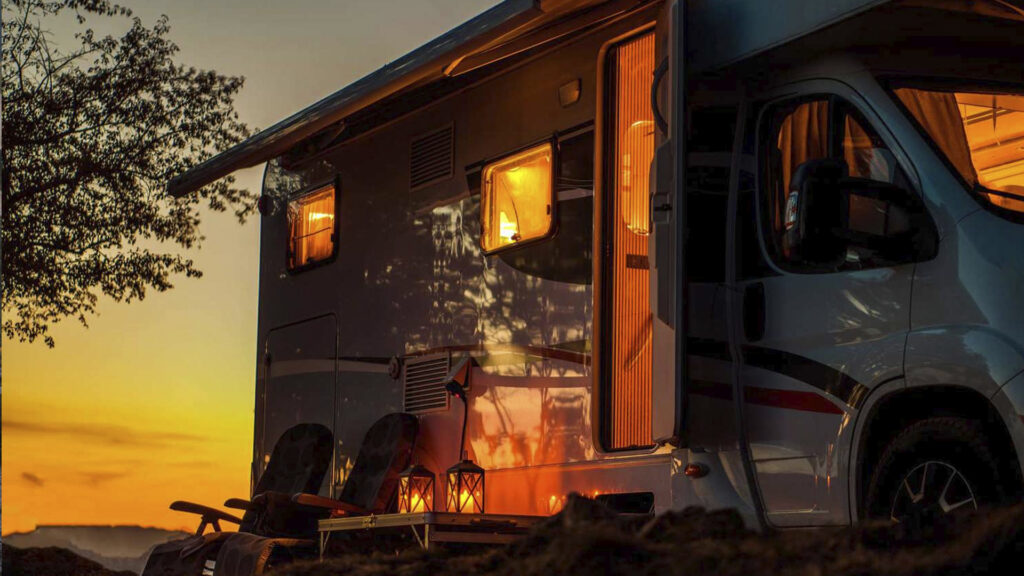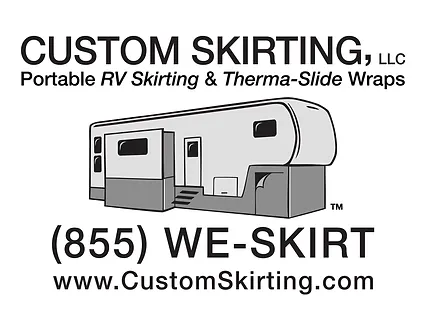
RV Setup Checklist: Ultimate Guide to Hassle-Free Camping
Table of contents
- Why You Need an RV Setup Checklist
- Pre-Arrival Preparations
- Arriving at the Campsite
- Exterior Setup
- Interior Setup
- The 333 Rule for RV Camping
- RV Must-Haves for a Smooth Setup
- Stocking Your RV for the First Time
- Teardown and Departure Checklist
- Protect Your RV with Custom Skirting: Essential for Any Setup
- Related Articles
RV camping is an exciting way to explore the outdoors while enjoying the comforts of home. Whether you’re a first-time RV owner or a seasoned camper, having a well-organized RV setup checklist can make all the difference in creating a stress-free experience. For beginners, the RV setup checklist for beginners can feel overwhelming, but with the right approach, you can ensure a smooth transition from the road to your campsite. This guide will provide a comprehensive first time RV owner checklist, as well as a travel trailer setup checklist, to help you enjoy your time on the road without worrying about missing any important steps.
Why You Need an RV Setup Checklist
Having an RV checklist for beginners or a detailed RV setup checklist is crucial for several reasons. It minimizes the risk of forgetting important tasks, reduces the chances of making costly mistakes, and ensures your safety throughout the setup process. By having a structured checklist, you can prevent issues such as incorrectly connected utilities, improperly leveled RVs, or forgotten safety checks.
Real-life examples, like forgetting to disconnect a sewer hose or not properly securing loose items inside the RV during travel, highlight why these tasks are important. A comprehensive checklist helps you avoid common mishaps, ensuring your camping experience is enjoyable, organized, and safe.
Pre-Arrival Preparations

Before you even hit the road, there are essential tasks to complete to ensure a smooth RV setup upon arrival. Here’s what should be included in your RV setup checklist for beginners before you leave home:
- Check Reservations: Confirm your campsite reservation and verify the check-in time.
- Plan Your Route: Use GPS or a travel app to plan your route, making sure to check for RV-friendly roads and any low-clearance bridges or restricted routes.
- Prepare the RV for Travel:
- Check tire pressure to prevent blowouts.
- Test all lights (headlights, brake lights, and turn signals) to ensure they are working properly.
- Secure loose items inside the RV to prevent damage during travel.
- Ensure your propane tanks are filled and that all other essential systems are ready for use.
Arriving at the Campsite
Once you’ve arrived at the campsite, there are some immediate tasks that should be part of your travel trailer setup checklist:
- Check-in at the Campground Office: Always stop by the office to check in, get any necessary information about the site, and confirm hookups or other amenities.
- Locate Your Site: Find your designated spot and assess the area for potential obstacles, such as trees, rocks, or uneven ground.
- Assess the Ground for Levelness: Before setting up, make sure the ground is level, as this will help with stability and prevent issues with your RV’s appliances.
- Communication During Parking: If you have a spotter, communicate clearly to ensure the RV is positioned correctly in the campsite.
Exterior Setup

Now comes the fun part—setting up the exterior of your RV! This includes tasks to ensure everything is secure and functional outside.
Leveling the RV
Start by leveling the RV to ensure the comfort of everyone inside. Use leveling blocks or electric jacks to adjust the height of the tires or RV frame. This step is essential for the proper functioning of the RV’s appliances, such as the refrigerator and water heater.
Connecting to Campsite Utilities
To make sure your RV runs smoothly, you’ll need to connect it to campsite utilities:
- Electricity: Use a surge protector to prevent electrical surges from damaging your RV’s system.
- Water: Connect your RV to the campsite water supply, using a water filter if desired to keep water clean.
- Sewer: Set up your sewer connection, making sure to secure the hose and check for leaks.
Extending Slide-Outs and Awnings
For added space and comfort, extend your RV’s slide-outs and awnings, but make sure to do a quick safety check before you do. Ensure that there are no obstacles in the way of the slide-outs, and check that the awning is secure, especially in windy conditions.
Setting Up Outdoor Living Space
A comfortable campsite is not just about the interior of your RV. Create a relaxing outdoor space by setting up chairs, a table, a grill, and any other amenities. This will help transform your campsite into a home away from home.
Interior Setup
After your exterior setup is complete, it’s time to make the interior comfortable for your stay.
Turning On Systems
When you enter your RV, it’s essential to activate various systems to ensure they are working:
- Water Pump: Turn on the water pump to ensure water flows through the RV’s plumbing.
- Water Heater: Activate the water heater for hot showers and cooking.
- Refrigerator: Turn on the refrigerator so your food stays fresh.
Preparing the Living Space
Organize the interior by setting up beds, securing cabinets, and ensuring all items are accessible. Check that items like food, dishes, and gear are properly stored to prevent anything from shifting during your stay.
Safety Checks
Safety should always come first. Before you settle in, test important safety devices:
- Smoke Detectors
- Carbon Monoxide Detectors
- Fire Extinguishers
These checks will ensure that you’re ready for anything that might come your way.
The 333 Rule for RV Camping
The 333 rule is a simple guideline to enhance your RV camping experience:
- Drive no more than 300 miles a day to reduce stress and avoid fatigue.
- Arrive no later than 3:00 PM so you have plenty of daylight for setup.
- Stay at least 3 days at each location to fully enjoy your destination.
This rule helps you avoid rushed travel, making your experience more enjoyable and less stressful.
RV Must-Haves for a Smooth Setup

To ensure a smooth RV setup checklist for beginners, you’ll need to have the right equipment on hand:
- Leveling Blocks: Essential for stabilizing your RV.
- Surge Protector: Protects your RV’s electrical system from power surges.
- Water Hoses and Filters: Ensure clean water for your RV’s needs.
- Sewer Hose: Required for waste management.
- Tool Kit: Includes essentials like a wrench, screwdriver, and pliers for minor repairs.
Having these items will streamline your setup process and allow you to focus on enjoying your trip.
Stocking Your RV for the First Time
Before hitting the road, stock your RV with the following essentials:
- Kitchen Supplies: Pots, pans, utensils, and dishes.
- Bedding: Sheets, blankets, and pillows for a comfortable night’s rest.
- Toiletries: Shampoo, soap, and toilet paper.
- Basic Tools: A flashlight, multi-tool, and spare fuses.
Opt for multi-functional items that save space, such as foldable chairs or compact cooking utensils.
Teardown and Departure Checklist
When it’s time to leave, follow a reverse RV checklist for beginners to ensure everything is properly packed and ready for travel:
- Disconnect Utilities: Unhook the electricity, water, and sewer connections.
- Retract Slide-Outs and Awnings: Make sure everything is secure before hitting the road.
- Stow Outdoor Furniture: Fold up chairs and tables to prevent damage during transit.
- Final Interior Check: Ensure everything is secure inside the RV, including cabinets, electronics, and appliances.
Having a clear RV/travel trailer setup checklist for both setup and teardown ensures that you’re always ready for your next adventure.
By following this RV setup checklist, you’ll be well on your way to having a seamless and enjoyable camping experience. Whether you’re a first-time RV owner or an experienced traveler, this checklist will help you set up your RV with ease and confidence. Enjoy your travels, and remember—being prepared is the key to a successful adventure!
Protect Your RV with Custom Skirting: Essential for Any Setup
Don’t leave your RV setup incomplete—add custom skirting to maximize energy efficiency and protect against harsh weather! Our top-rated skirting solution ensures your RV stays insulated, maintaining a stable temperature and protecting plumbing from freezing. With a perfect fit and unbeatable quality, our No-Snap, No-Gap system seals out water, snow, and wind, offering superior protection for all climates. Get custom skirting today and enjoy a comfortable, worry-free adventure, no matter where you go!
